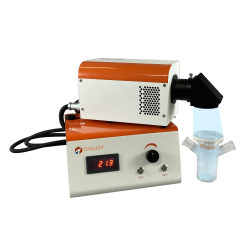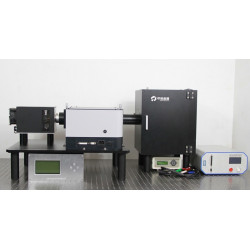Welcome to X2LAB's Procurement Portal
Create your own product library - visible only to you.
Effortlessly add products from Taobao, TMall, and (soon) other supported platforms. You can mark products as private, ensuring they’re visible only to your account.
Please Note: This portal is exclusively for quotation requests. Direct ordering through this platform is not supported.









